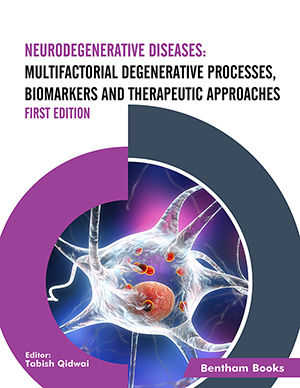Abstract
The serotonergic (5-HT) system consists of a complex network of neurons, originating in the midbrain raphe nuclei and projecting to almost every brain region. Serotonin is involved in various processes and behavioural functions through the involvement of at least 15 pre- and postsynaptic receptors belonging to 7 receptor families. Synthesis, vesicular storage and reuptake are crucially involved in the release and extracellular levels of the monoamine 5-HT from nerve terminals.Serotonin has been implicated in many different behaviours and pathologies, which is reflected by the intensive research into this monoamine. Serotonin function is believed to play a pivotal role in the pathology and treatment of affective disorders, but its role is still far from clear. Efficacy of antidepressant and antipsychotic medications is likely related to different aspects of 5-HT function, including synthesis and 5-HT1A and 5-HT2A receptor function. So far Positron Emission Tomography (PET) has the best prospects to investigate these aspects of 5-HT function in humans in a relatively non invasive manner. Through kinetic modelling of the imaging data valuable information like receptor binding potential, enzymatic activity or receptor occupancy can be acquired. PET tracers are available for some of the components of the serotonergic system, but some of them are not optimal and a large part of the system can not yet be visualised with imaging techniques. However, as more tracers become available and imaging techniques improve, PET can play a major role in research and the development of new pharmacological agents.
Keywords: Serotonin (5-HT), serotonin-1A/2A (5-HT1A/5-HT2A) receptors, serotonin transporter (SERT), dorsal (DRN) and median (MRN) raphe nuclei, depression, antidepressant drugs, selective serotonin reuptake inhibitors (SSRIs), brain imaging, positron emission tomography (PET), depression, affective disorders














